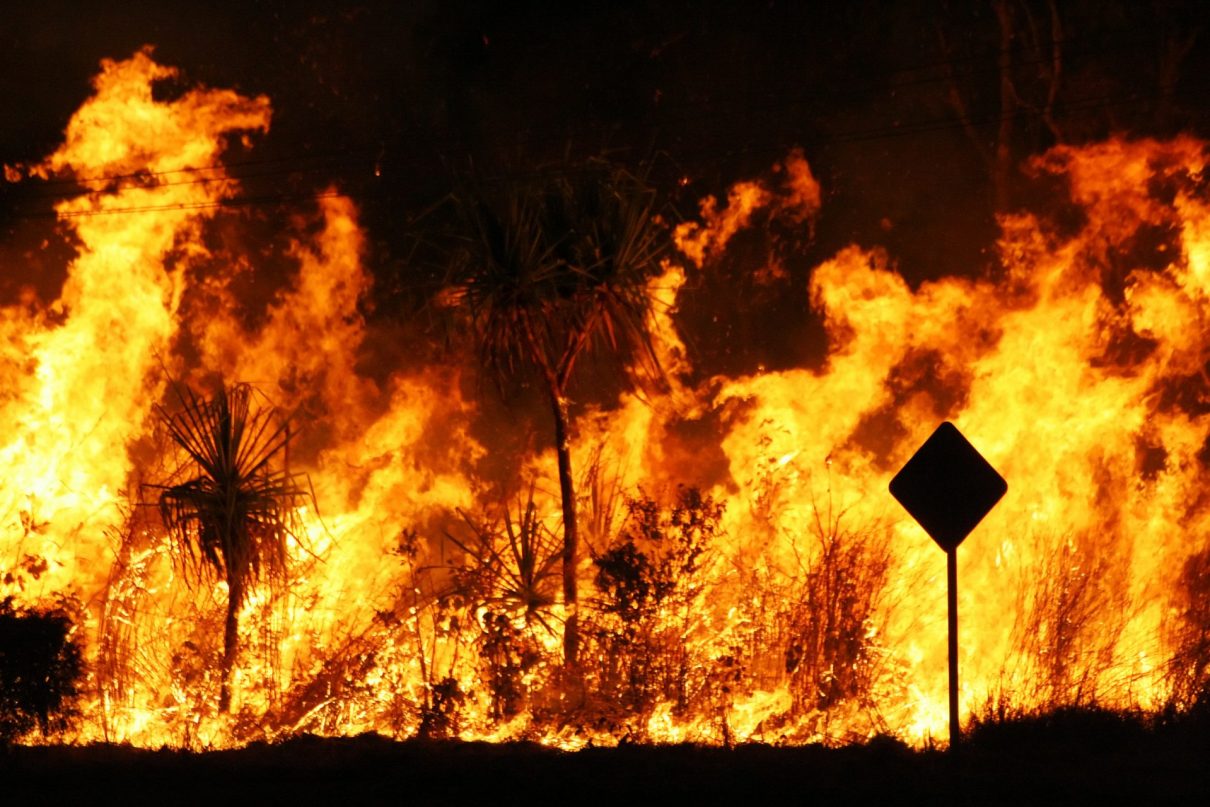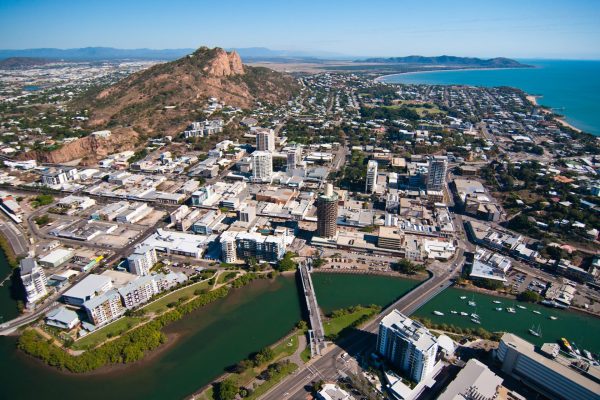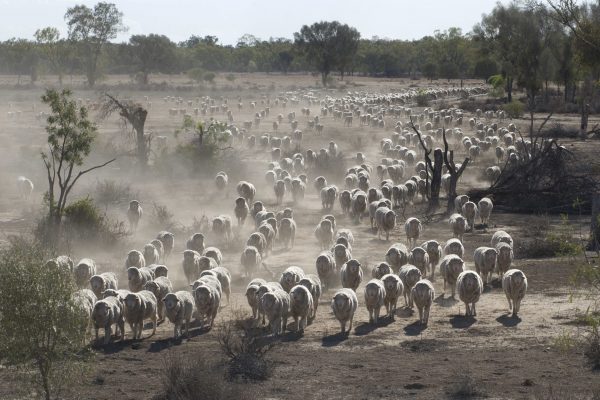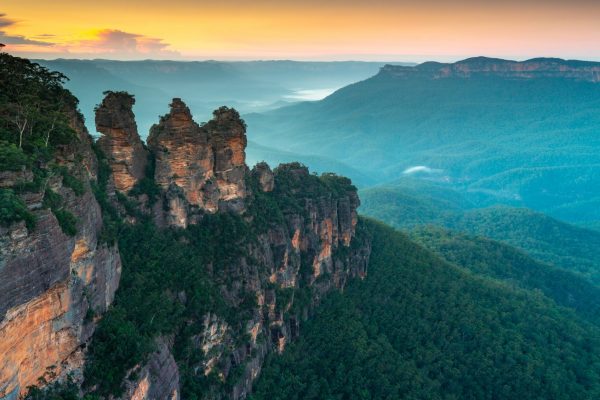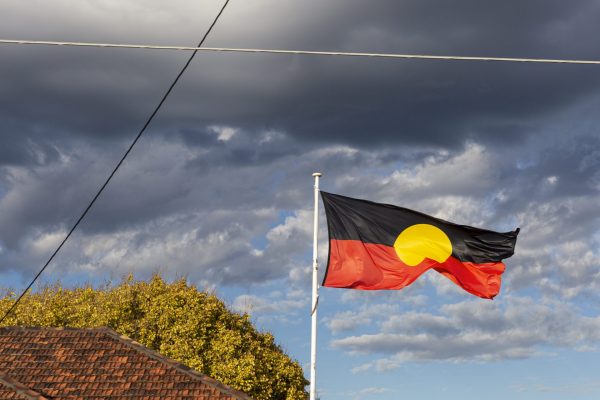Australia urgently needs a dedicated, independently administered fund to meet the escalating costs of natural disasters due to global warming.
Why we need a national Climate Disaster Fund
Natural disasters already cost Australians over $13 billion on average every year, expected to rise to $39 billion per year by 2050 even before the multiplier of climate change is considered (IAG (2017), Natural disaster costs to reach $39 billion per year by 2050).
These costs include the direct tangible costs such as emergency response and relief costs, loss and damage to property and infrastructure. They also include significant, and often long-term, social impacts, including death and injury and impacts on employment, education, community networks, health and wellbeing.
Just a few very costly events make up the vast majority of Australia’s current natural disasters costs. For instance, the QLD floods of 2019 are estimated to have cost over $5.6 billion, and the previous floods in 2011, $14 billion. The Victorian Black Saturday Bushfires of 2009 are estimated to have cost over $7 billion (Deloitte Access Economics (2017) Building resilience to natural disasters in our states and territories).
As such, just a small increase in the frequency or intensity of these events has a very large impact on overall costs. For instance, a single additional event the size of the 2011 Queensland floods would be equivalent to more than the current average annual costs of natural disasters in Australia.
Both the frequency and intensity of these events are increasing dramatically. Australian Bureau Meteorology (BOM) modelling has found the frequency of Pacific rainfall disruption events including droughts and floods have already increased by 30 percent as a result of global warming, and will increase by 90 percent by mid-century and 130 percent later in the century unless emissions are reduced (BOM (2017) Droughts and flooding rains already more likely as climate change plays havoc with Pacific weather). Fire seasons are now longer and hotter, increasing the number and intensity of fire danger days (BOM (2018) State of the Climate 2018), with unprecedented fires breaking out in Australia and across the globe (Smee (2018) Bushfires in the tropics: Queensland faces terrifying new reality, Smee (2019) ‘Like nothing we’ve seen’: Queensland bushfires tear through rainforest, Roe (2019) Fear spreading as unprecedented fires burn through the Amazon).
Beneficiaries of the National Climate Disaster Fund?
Funding can be distributed amongst the most disaster impacted regions and sectors in Australia. These include:
